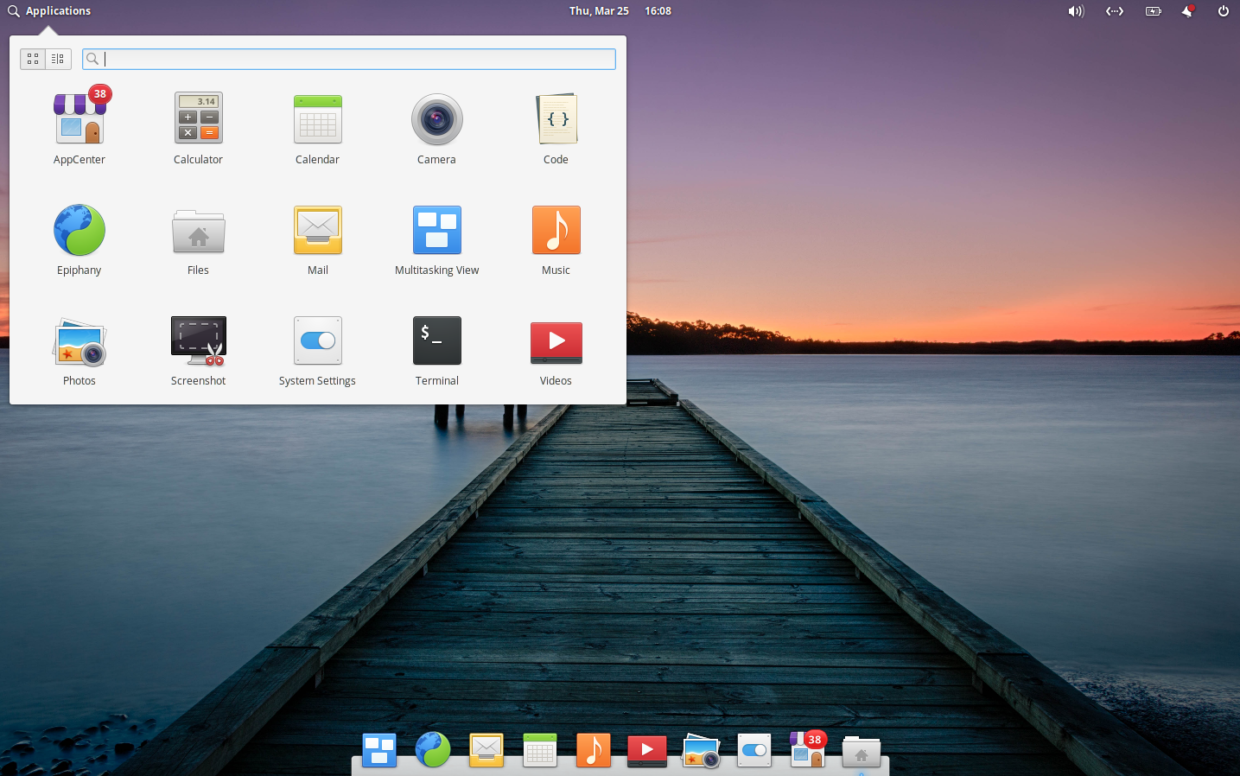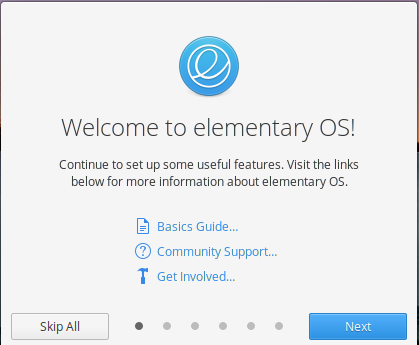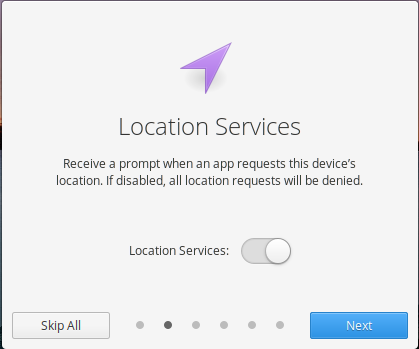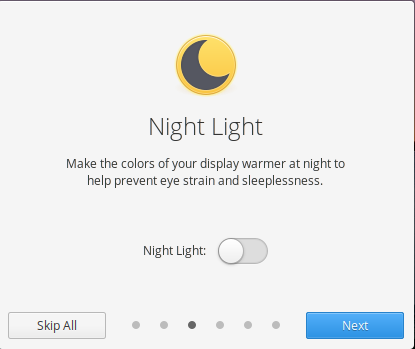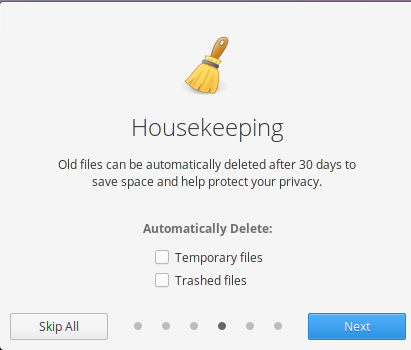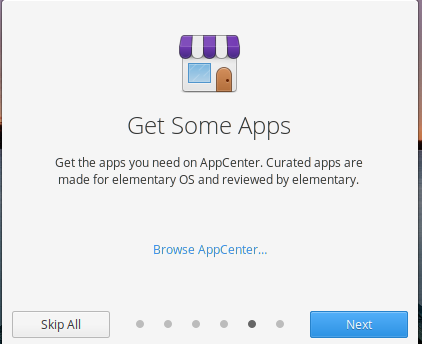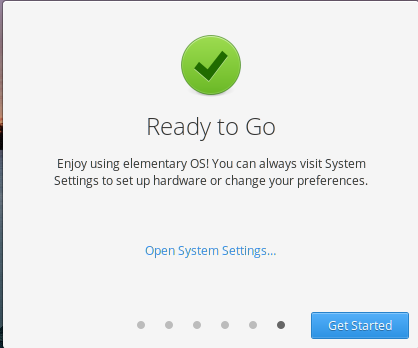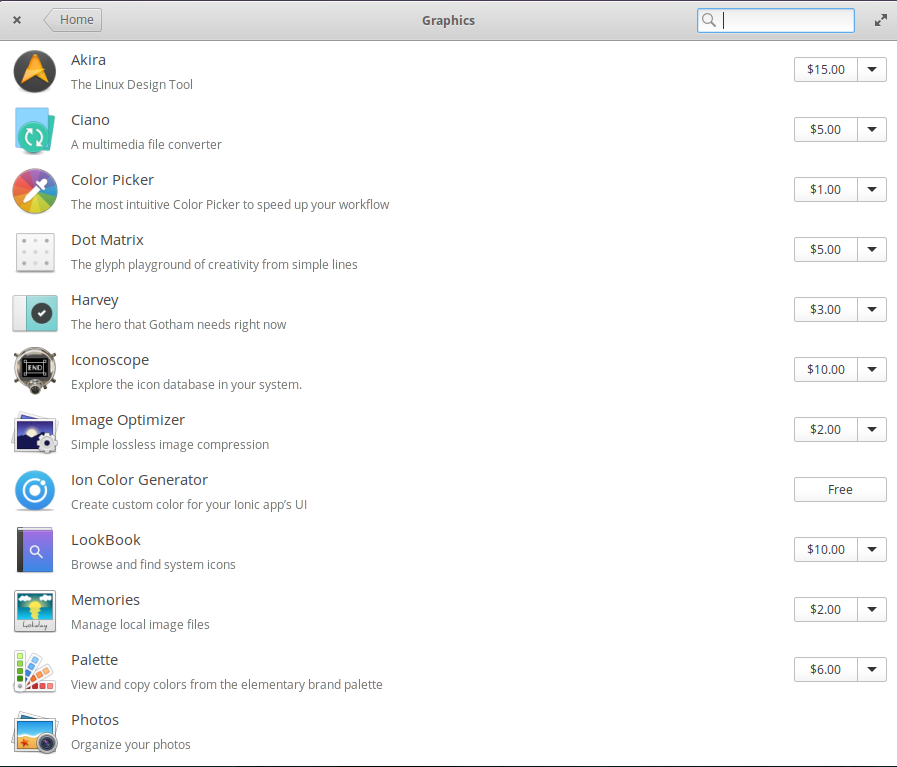Elementary OS is a aesthetics focused Linux distribution aimed at beginners. I tested Elementary OS version 5.0 for several weeks in late 2019, and then version 5.1 in March 2020. I evaluated its onboarding, user interface, customization, applications, performance, and functionality for new Linux users coming from PC or Mac.
Introduction
On first glance, the desktop looks reminiscent of Mac. There is a welcome screen at first boot.
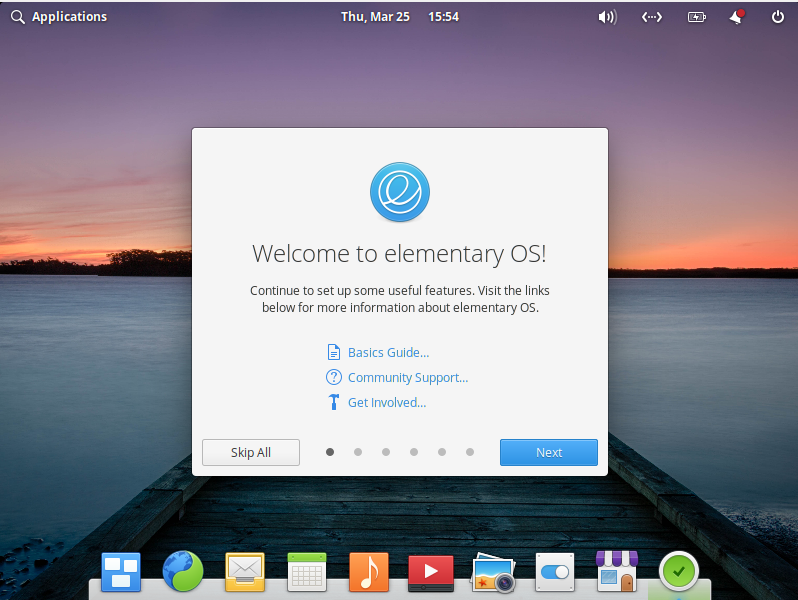
Clicking through the welcome screen has only a few basic settings: Location, Night Light, Housekeeping, App-Center, and System Settings. It is missing Firewall and Updates screens to help users set up these important security features; other distributions such as Linux Lite and Linux Mint include these.
User Interface
The desktop looks sleek and uncluttered.
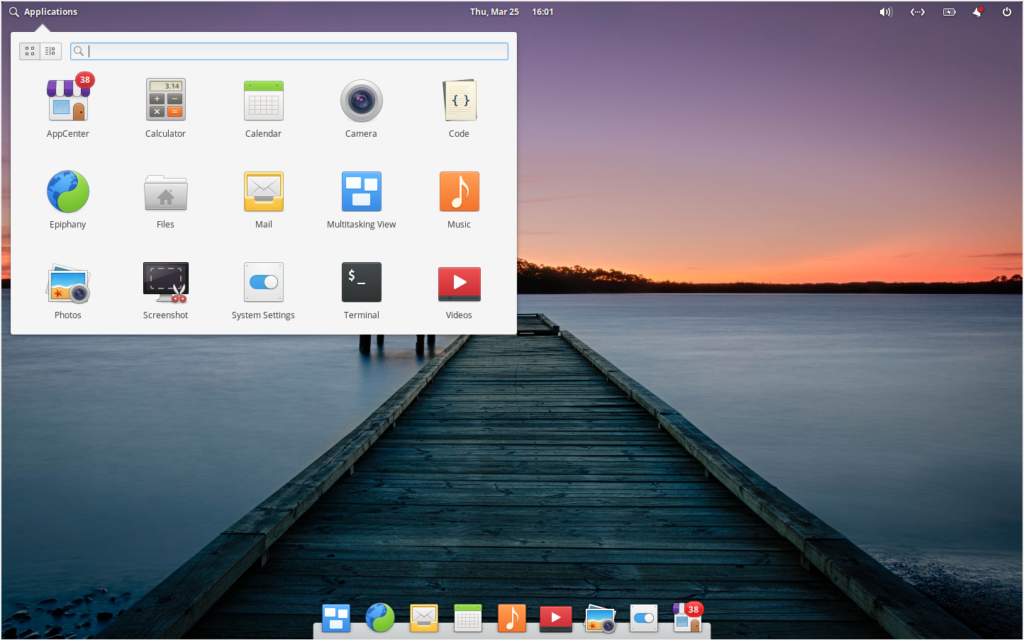
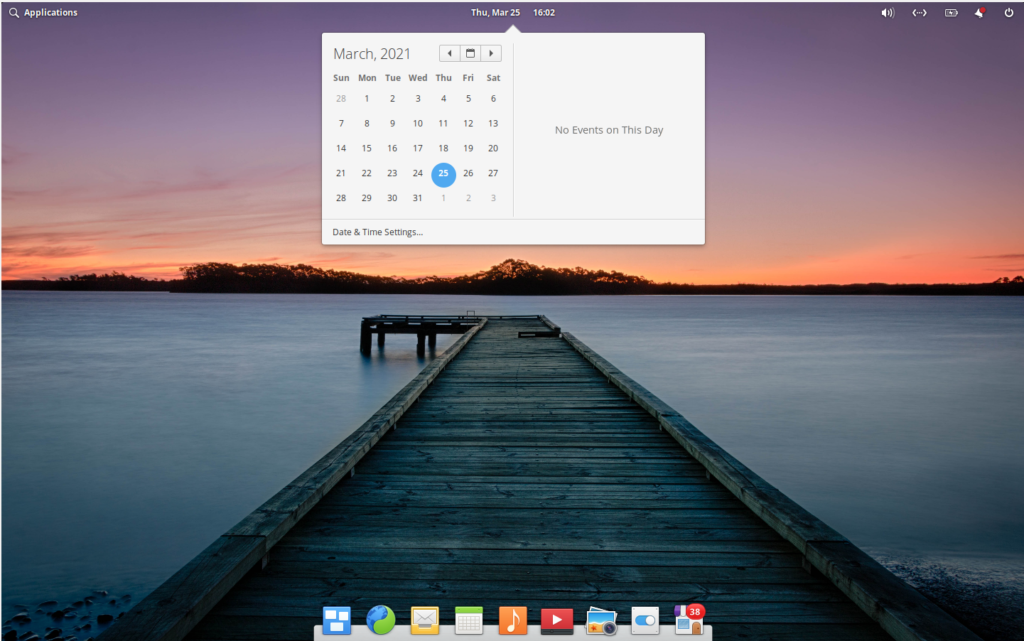
The panel resembles MacOS with some new twists and variations.

Clicking Multitasking View shows all open windows.
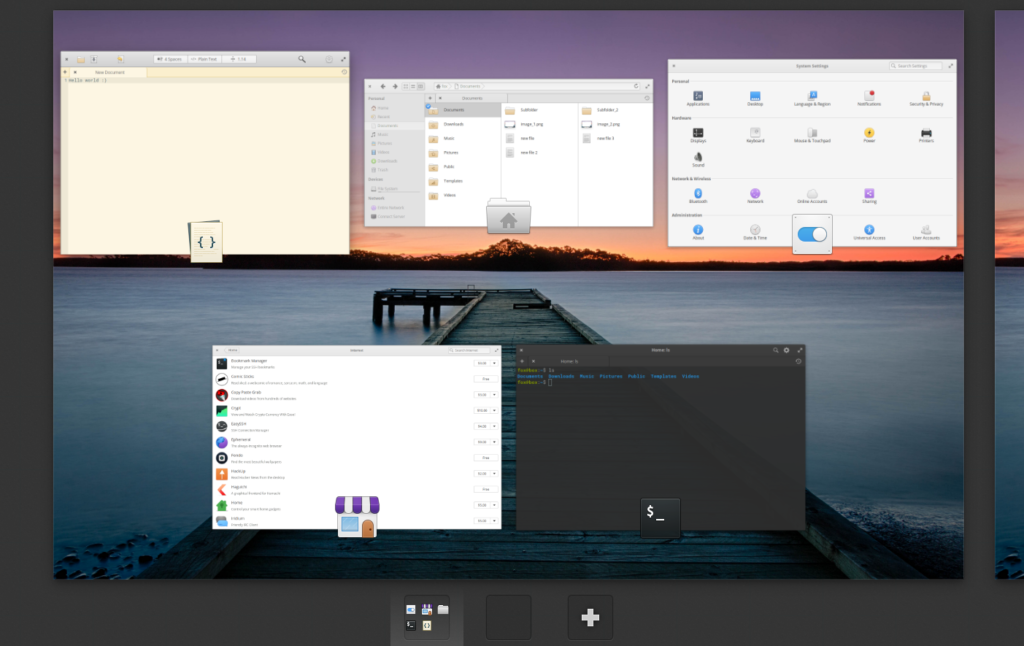
Customization
The system settings are disappointingly sparse, with few options for customization. This screenshot shows the entire desktop; the panel at the bottom automatically hides and apps are automatically full screen. The window control locations seem bizarre and unintuitive for either Mac or PC users: close is on the left, maximize is on the right, and there is no minimize. Unfortunately, there is no setting to change this.
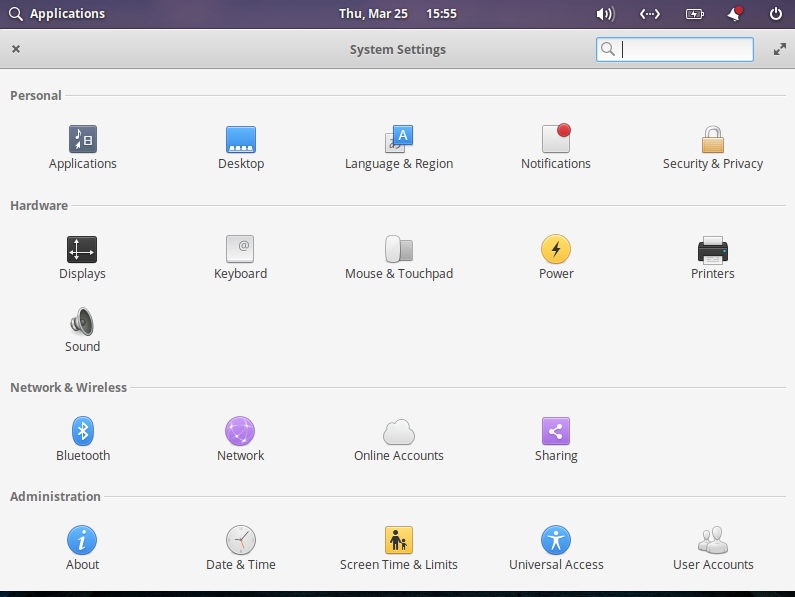
The Displays feature is a bit clunky and unintuitive; to change the resolution or parameters you must first click on the settings icon for that display. It does allow for HiDPI fractional scaling.
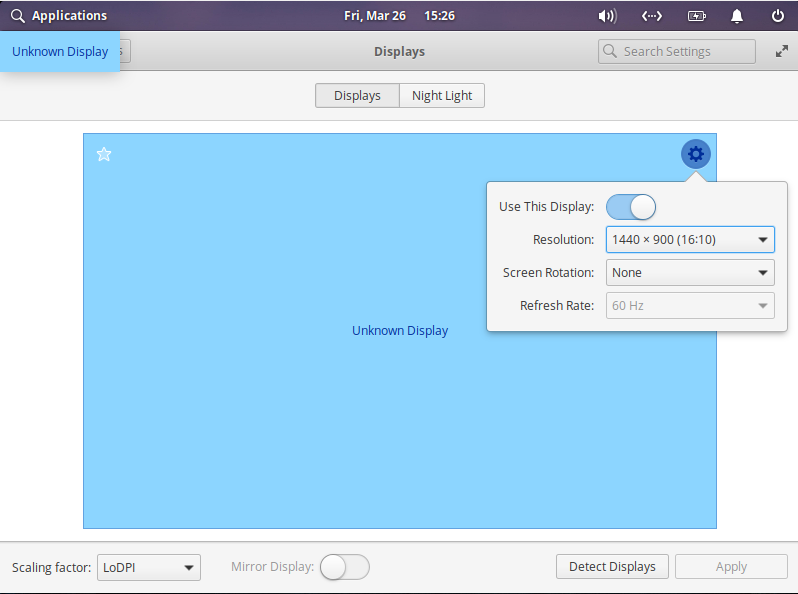
Applications
The Files program has a nice cascading menu option that is a nice unique feature.
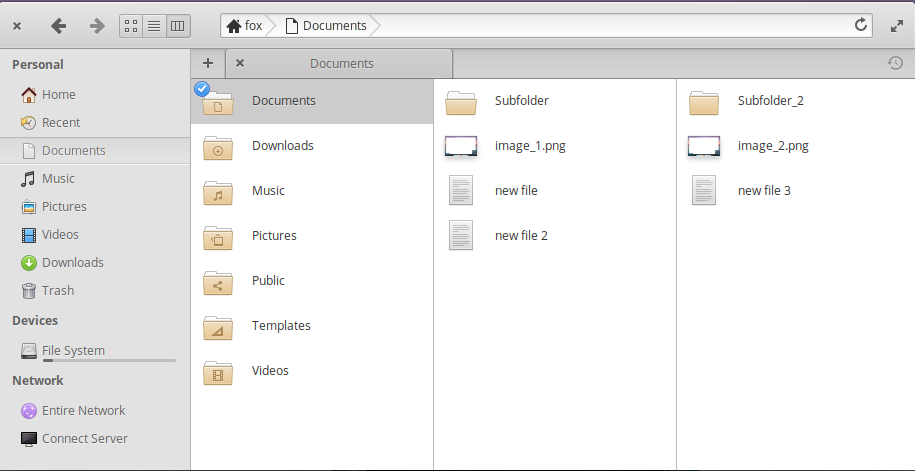
The default browser is Epiphany, which lacks the features of the major browsers. Most users have to uninstall Epiphany and use Firefox, Chromium, or Brave.
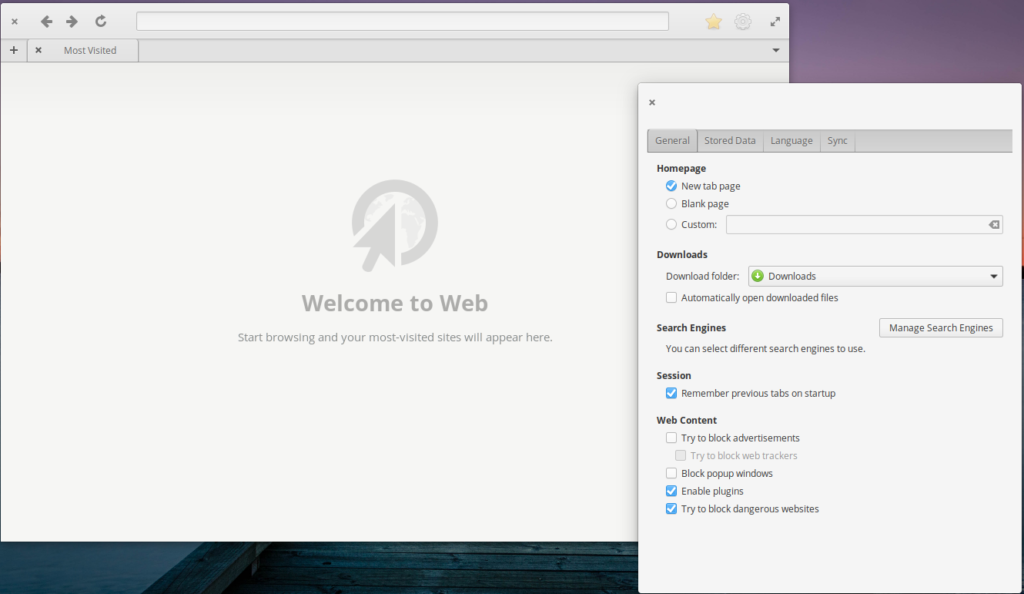
The default Music, Video, Mail, Calendar, and Photos apps are serviceable but basic. They have a nice unified look but the overly simple screens and weird window controls are not practical for everyday use. No office software is pre-installed.
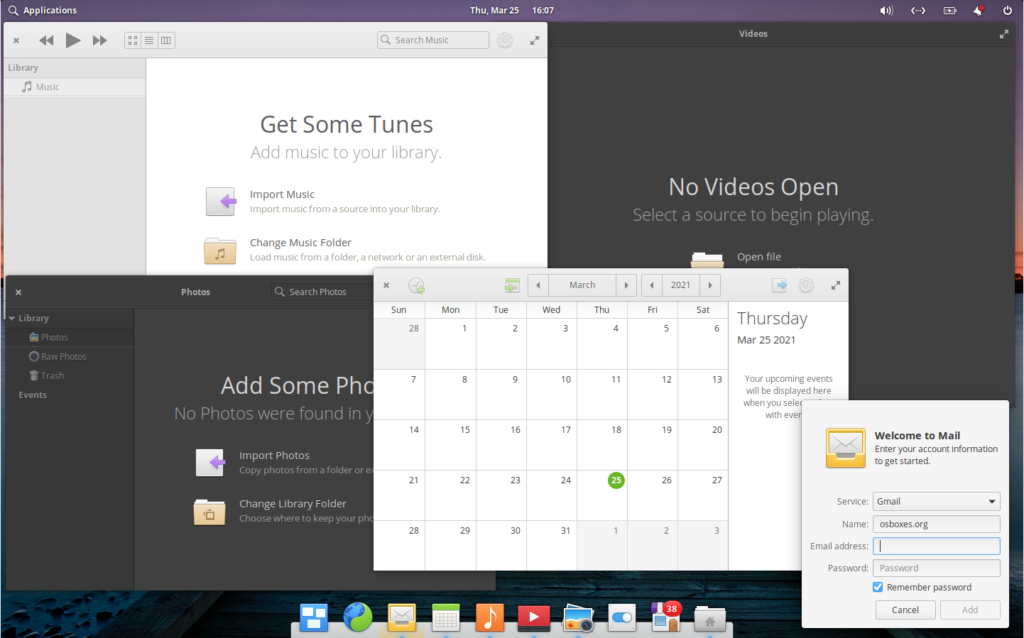
Applications can be installed from the AppCenter. A set of unfamiliar programs are featured.
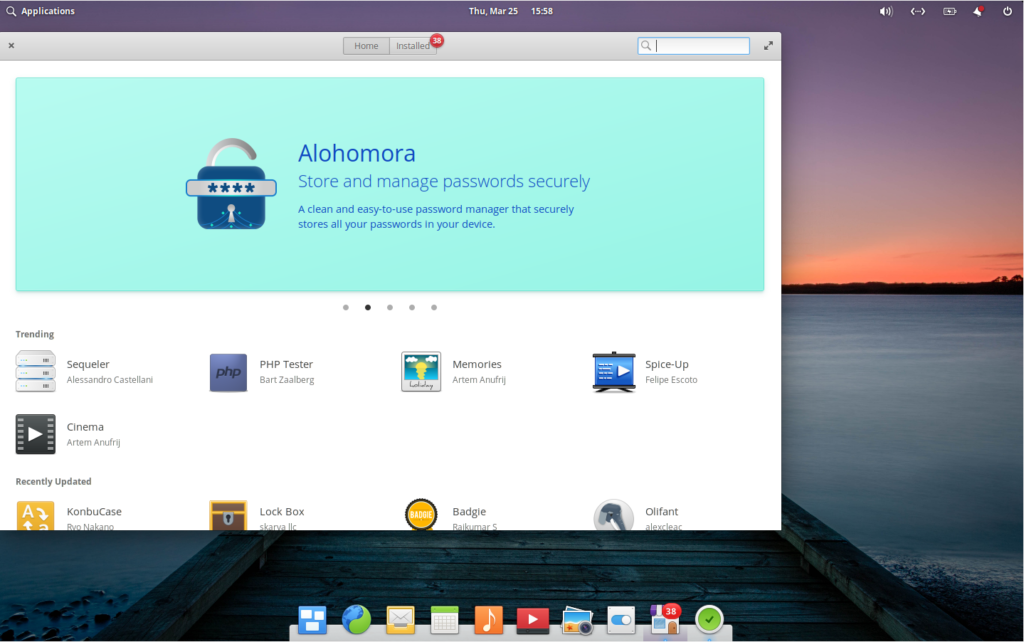
Looking in the different categories show a disturbing number of paid apps. Personally, I find this uncomfortable because I moved from closed-source OS’s largely to get away from licensed or paid software. So an open-source OS that promotes paid software is self-defeating in my opinion. Some of these allow you to choose another amount and enter $0, but I prefer not to be reminded that I cannot afford to spend a few hundred dollars on software every time I reinstall my system.
I tried to install Chromium, and discovered that it searches only in the current subsection, so when I was in the Graphics section it could not find it. However, it was present in a general search.

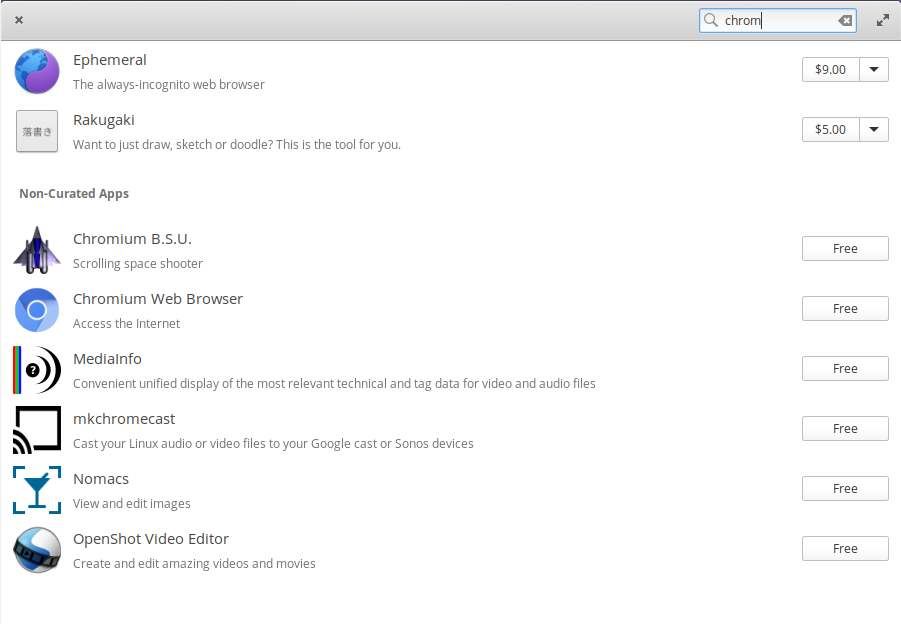
Updates are also done in AppCenter by clicking on the Installed option at the top center.
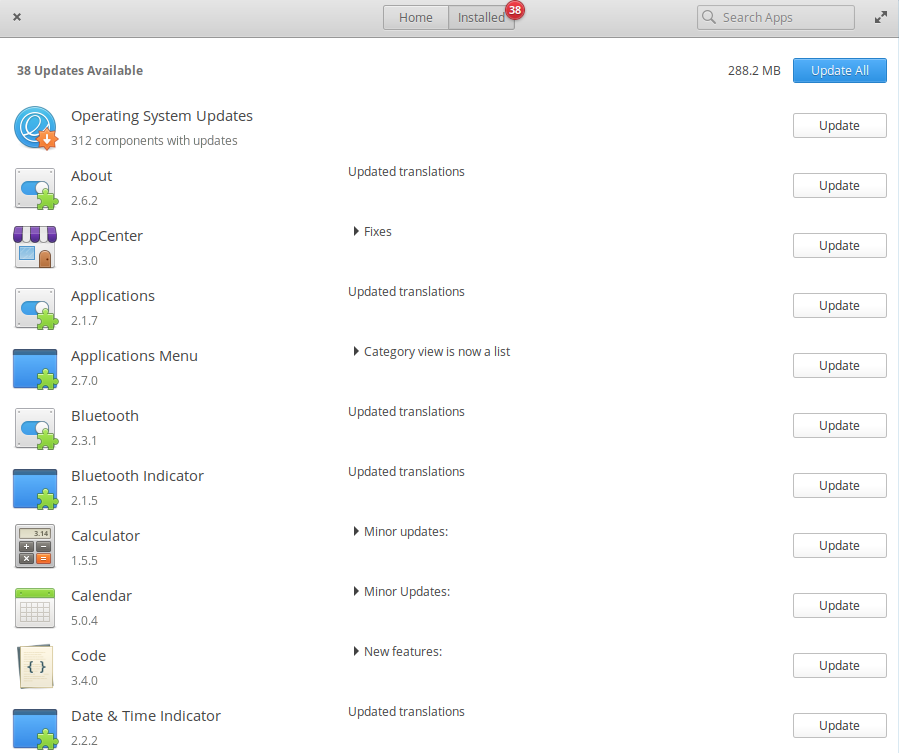
Performance & Specs
Elementary OS is built off of the 18.04 long term support release of Ubuntu, which is one major version behind the current 20.04 release that most Ubuntu derivative operating systems use. Under the hood, it will behave very similarly to Ubuntu.
I tried to check the memory usage and disk usage at first boot. Unfortunately, there was no System Monitor installed by default. Fortunately, there was the AppCenter…
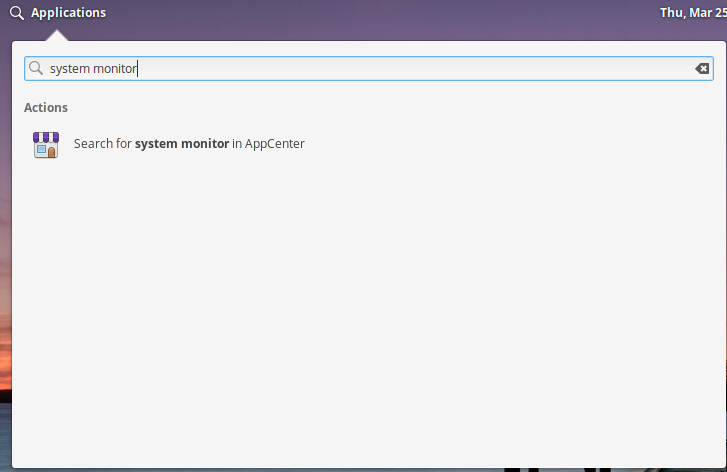
But the AppCenter featured many irrelevant apps. I had to go to the 13th entry to finally find a System Monitor app. However, the app crashed repeatedly whenever I tried to open it.
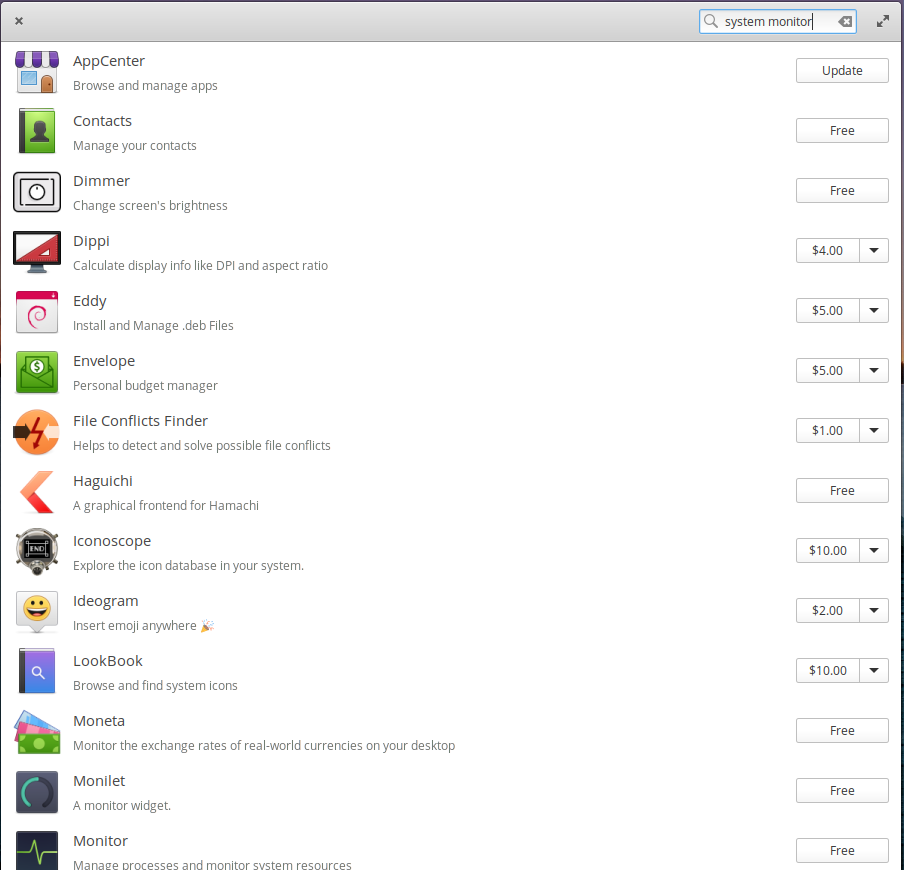
Fortunately, I used top in the terminal to find that it uses 642mb of RAM on a 2 GB system.
Summary
Elementary OS is clearly built around aesthetics and appearances. Unfortunately it sacrifices functionality and usability in order to look simple and modern. For a user who needs only to do simple tasks such as checking email or updating a calendar and values aesthetics, Elementary OS is a good choice. For power users, supporters of FOSS, and users who prefer easy customization options and want to be able to perform office or schoolwork without lots of extra tweaking or installing, Elementary OS falls short.
Note: I am neither sponsored nor endorsed by Elementary OS or any other software creator. Screenshots are my own, taken of the Elementary OS operating system.
